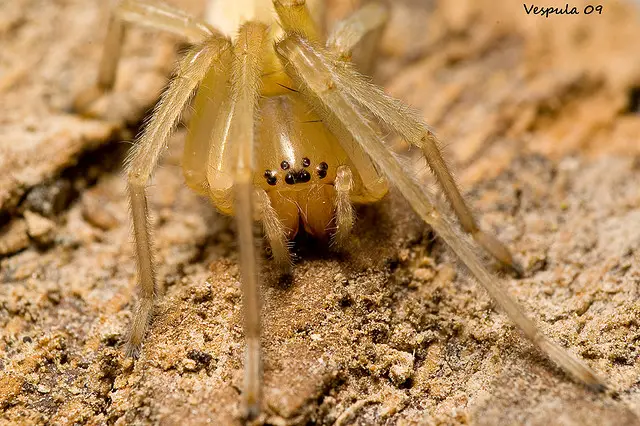Poisonous spiders have a bad reputation and it is justly so. Some of these little terrorists may kill humans or cause them severe symptoms, varying from swelling of the area, to coma. However, most of us are fascinated by these interesting creatures, especially the big, exotic types which look so alien but so beautiful in the same time! If you care to know more of their lethal potential, here is some information concerning the most venomous spiders in the world:
Brazilian Wandering Spider
Table of Contents
This spider may be found (though I can’t imagine why someone would want to look for it!) in the tropical forests of South and Central America. The Brazilian wandering spider is not only the world’s most venomous spider -as ranked by Guinness World Records in 2010- but it is an aggressive one too. These combined features of toxicity and aggressivity allow us to name this spider the most dangerous in the world. Its venom is so deathly that sometimes even the antivenin won’t work and the most chances are that the victim will die.
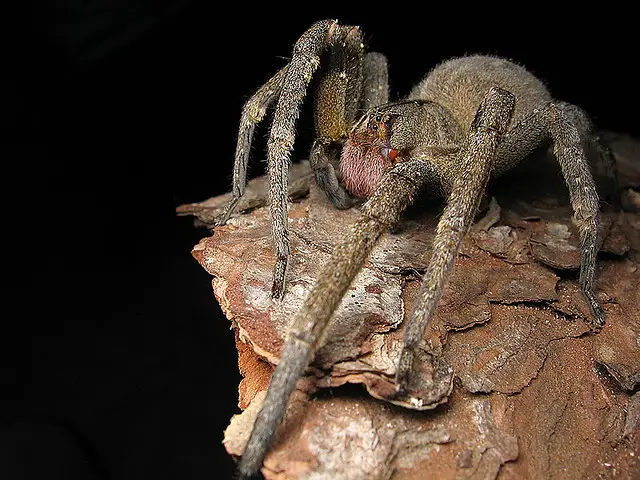
Sydney Funnel Web
The Sydney Funnel Web is not only one of the most poisonous spiders in the world, but one of the most dangerous as well. This is because it lives in populated areas, namely within 100 km from Sydney. This spider is also very aggressive and will definitely attack, if provoked, sometimes biting its victim multiple times. Its potent venom contains antracotoxin, which is particularly death for primates, thus humans as well! What is more, the Funnel Web can often be found in swimming pools and trying to remove it from the water will definitely result in a bite. In 1980, an antivenin was created and since then, no deaths were recorded anymore.
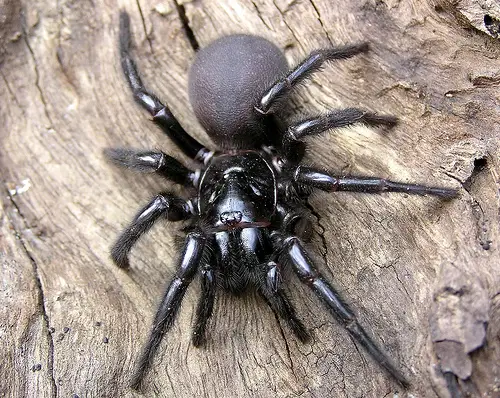
Six-eyed sand spider
This is a very poisonous spider also, but it is fortunately not as dangerous as the previous 2 because it lives in the isolated areas of the South African desert. It usually attacks by burying itself in the ground and ambushing its victim. The very dangerous venin it carries may be lethal to humans, as it creates a necrotoxic effect. This means that it causes blood leakage as well as tissue destruction. There is also no antivenin for this spider. However, none is probably needed since very few bites have ever been reported.
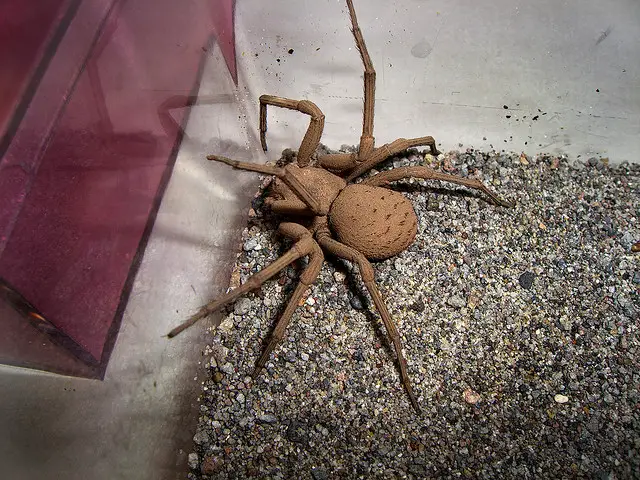
Chilean Recluse Spider
This spider is very well known for its toxicity. The most venomous of all recluse spiders, its bite may easily result in the death of the victim. While the Chilean Recluse Spider is native in Chile (of course), it spread throughout the entire South America and reached such distant places as North America, Australia and Finland. Though reclusive, as the name suggests, and non-aggressive, they are dangerous because they may enter houses, hide in beds or clothing and they may cause dermonecrotic lesions, as well as renal failure and death.
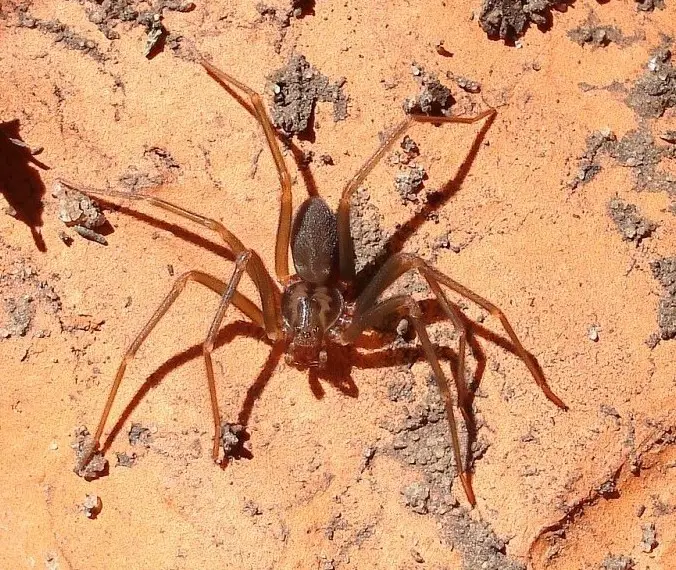
Black Widow
This is one of the most renowned poisonous spiders in the world. The name of the spider comes from a bad habit of the female, that of eating its partner after having mated with it (sexual cannibalism). This vicious spider is also known for being highly poisonous and dangerous. The female of the species is equipped with extraordinarily big fangs, thus injects a larger quantity of venom. The black widow is common on the American continent and its bite may even lead to paralysis; death cases were also reported.
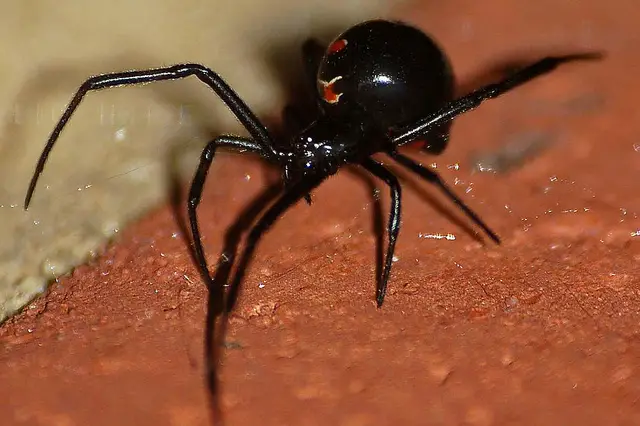
Redback Spider
A cousin of the Black Widow, the Redback spider lives in Australia, where it is considered one of the most dangerous species of spiders. The bite, though rarely lethal, especially since the commercialization of an antivenin, is very painful and may produce extremely unpleasant symptoms such as swollen lymph nodes, fever, nausea, headaches, hypertension and rarely coma or pulmonary edema. The pain may last 24 hours, which is enough to make us run as far as we can when seeing it.
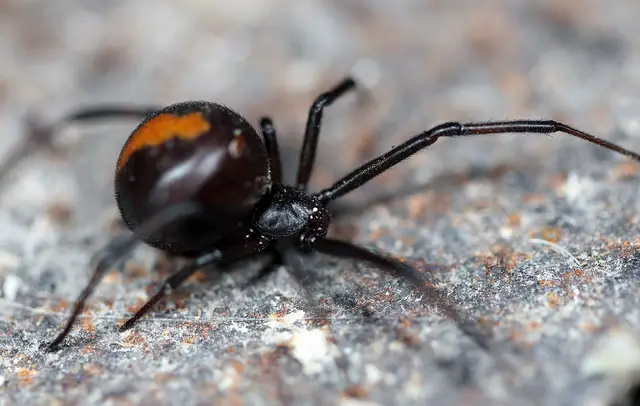
Mouse Spider
The Mouse Spider is another of the dangerous spiders endemic to the continent Down Under. Closely related to the Sidney Funnel Web , this spider is also capable to kill humans. However, it did not do so up to this moment and this is mainly because it has a custom of giving so called ‘dry bites’, in the course of which the spider does not release venom. If poisonous bites do occur, you should know that the symptoms are close to the ones given by the venom of the Sydney Funnel Web and the same antivenin is efficient in both cases.
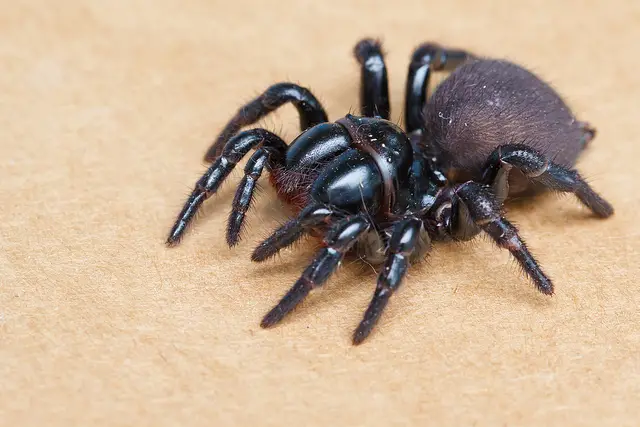
Fringed Ornamental Tarantula
Native in Sri Lanka and often kept as a pet, this tarantula is really poisonous as well. While all tarantulas have impressive fangs to scare us with, most of them are not dangerous and give their victims nothing more than a bite similar to a wasp sting. However, the venom of the Fringed Ornamental Tarantula is much worse being capable to induce coma and to cause intense pain . This unfriendly spider does not warn before attacking and does not hesitate, which makes it very dangerous, especially since it is seen as a great display pet.
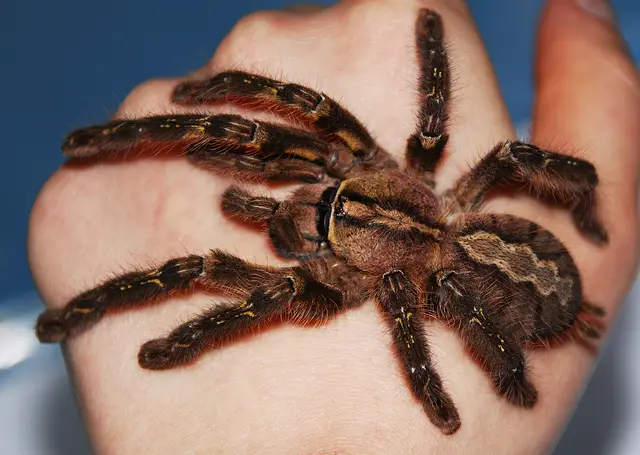
Chinese Bird Spider
The Chinese Bird Spider has a colorful name, an impressive size and a painful bite, as well. One of the most dangerous tarantulas out there, together with the previously mentioned Fringed Ornamental Tarantula, it is endemic in Southeast Asia, in the rainforests of China as well as in Vietnam. Even though it is also kept as pet, it is very aggressive and will attack with no hesitation, if disturbed. While there is no full documentation on its venom’s potency, very small doses are enough to kill little animals, so this is one spider you should not play with!
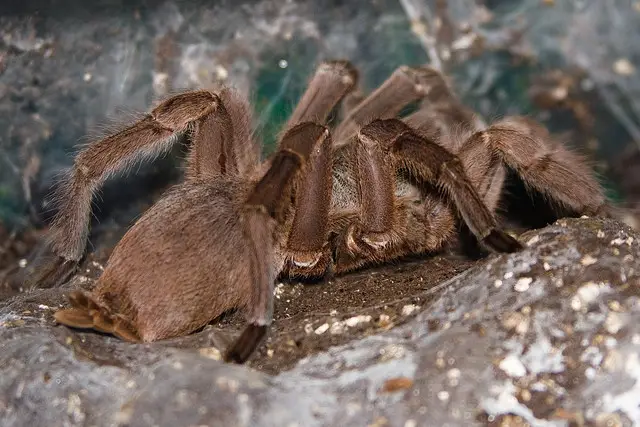
Yellow Sac Spider
Also known as the Black Foot Spiders, they may seem really pretty but these yellow spiders are on this list of most dangerous spiders for a good reason! They may be encountered in many places of the world and are known to cause painful lesions. Though not , its deathly venom is of a necrotic nature, which makes it capable of provoking a MRSA (a bacterium) infections.
